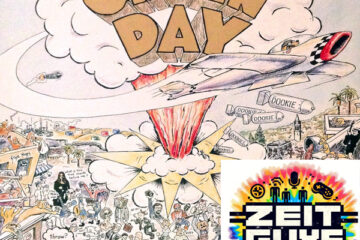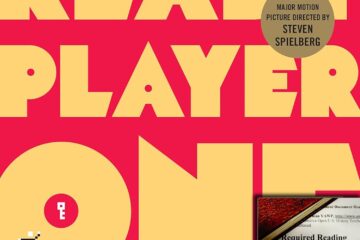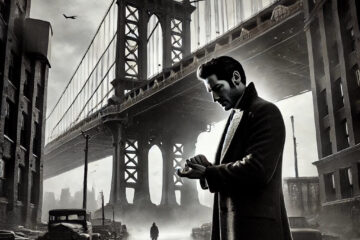The Boston Massacre by Cameron Murray
The Boston Massacre was a dangerous event that occurred on March 5, 1770. It began as a riot between angry American colonists and a British soldier, but quickly escalated to a horrific slaughter. The conflict created an anti-British sentiment and formed the start of the American Revolution.
Tensions ran high in Boston in early 1770. British soldiers took over the town filled with colonists and tried to enforce Britain’s tax laws. One of those tax laws was the Stamp Act, which imposed a direct tax on the colonists. American colonists became enraged, and in retaliation, they started many riots.
Many Bostonians had been angry with the British soldiers because they were taking over their town and forcing new taxes on the colonists. Once the soldiers began to force these taxes, a crowd of furious Bostonians roamed the streets. The crowd of people were banging on the walls of the buildings and yelling, which created a large diversion. The group of colonists ran into one lone soldier, and soon after more soldiers began to join the fight to help their fellow soldier. As the crowd was throwing rocks and oyster shells and yelling at the soldiers, the soldiers were trying to calm them down. The mob of Bostonians kept getting angrier and started to become physically violent with the soldiers, and this started to escalate this riot. The soldiers suddenly shot three people who died immediately, and this started to enrage the crowd even more. The colonists began to fight back and doing this caused the soldiers to shoot eight more people who also died. There were bells, which signified a warning to the other townsfolk of this brawl, and to stay clear.
The Boston Massacre had a large impact on relations between the British government and the American colonists. It further caused colonists who were already questioning and protesting against British rule and unfair taxation to fight for independence. This was the cause and start of the American Revolution.
The Boston Massacre by Judson DiVenere
In Boston, Massachusetts, on March 5, 1770, the American colonists decided they had had enough of the Crown’s occupation and over-taxation. There was a lone guard outside of a building where King George III’s money was stored. A few colonists started to taunt him and provoke the soldier. After having enough, the soldier, Private Hugh White, slashed a colonist with his bayonet, inciting violence where colonists threw rocks and snowballs at him. White rang the fire bells, yelling for reinforcements, causing colonists to rush the streets. Captain Thomas Preston ran to the scene with soldiers, pointing rifles at the riot and threatening to shoot.
Some colonists pleaded for peace and others dared the soldiers to shoot. The colonists started to beat the soldiers with clubs and someone yelled fire, which at that moment, created the Boston Massacre. Other soldiers opened fire killing five and wounding six. After the massacre, Paul Revere etched his famous engraving, highly encouraging anti-British movements and actions.
The first thing that majorly stands out is in the engraving, the British are painted as the instigators, even though it was the colonists. This is an early form of American propaganda. In the background, the riot occurs in front of “Butcher’s Hall”, a made up restaurant depicting the British as butchers. At the bottom of the page, a dog is shown to invoke pathos, or emotions, in the reader, invoking a feeling of pity and sadness in the viewer. The soldiers’ faces have an absence of color, like a ghost that kills people. The colonists are standing across from the British, some with their hands up and each one of them not fighting back. At the top of the engraving, the blue sky is pointing towards the British, showing their enormity of a massacre. In the bottom left hand corner, Crispus Attucks, an African-American sailor, who was the first person killed in the Boston Massacre, is portrayed as a white man. In the colonies at this time, slavery was still legal. Because Paul Revere was trying to paint the British as bad as he possibly could, he did not include a black man because many colonists would have not felt as much anger towards the British. The Boston Massacre was the topple the Americans needed to start the American Revolution.


